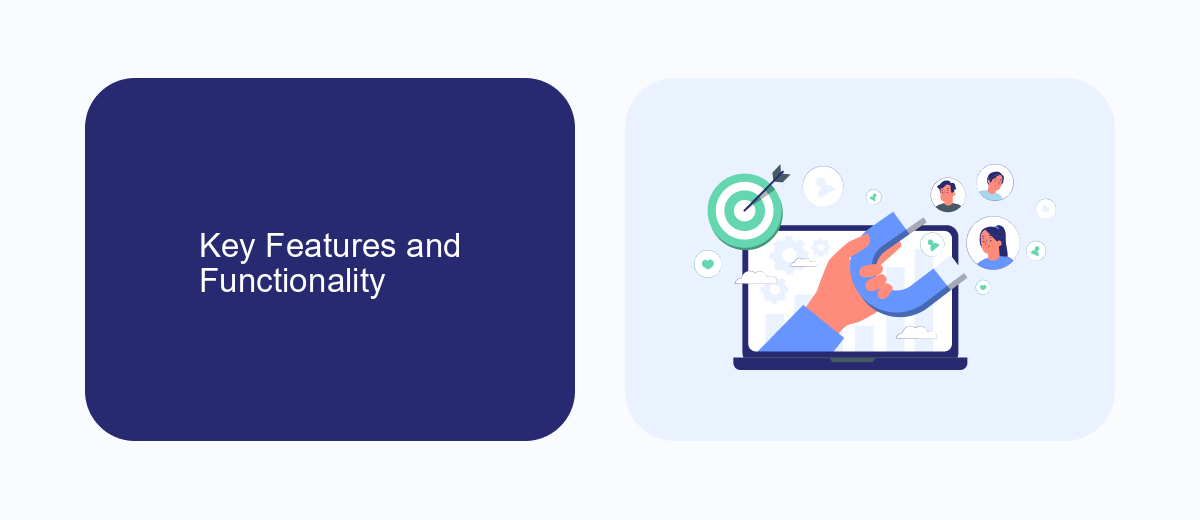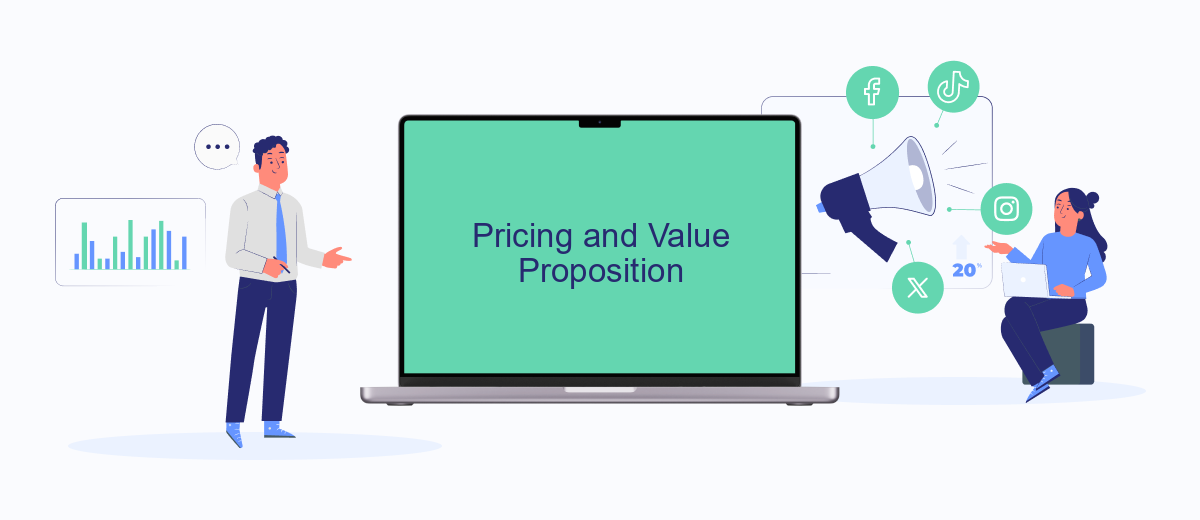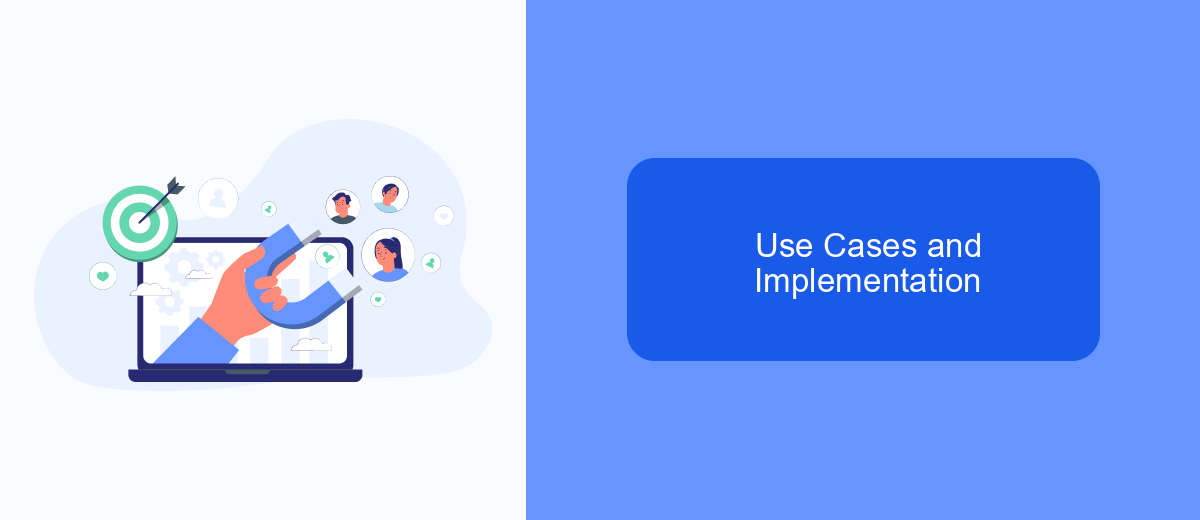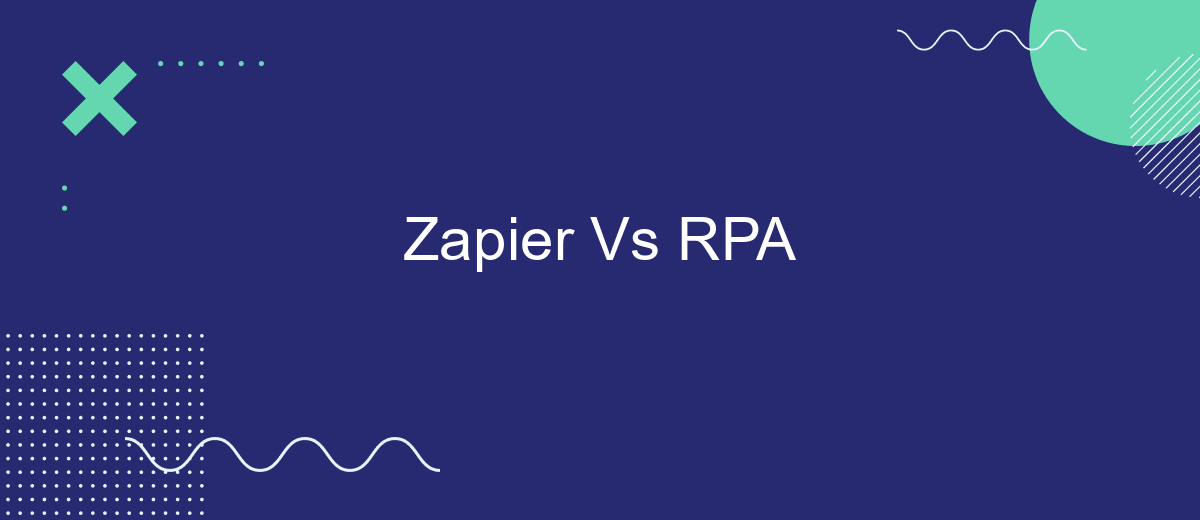In today's fast-paced digital landscape, businesses are constantly seeking ways to streamline operations and enhance productivity. Two popular solutions are Zapier and Robotic Process Automation (RPA). While both aim to automate tasks, they cater to different needs and complexities. This article explores the key differences, advantages, and use cases of Zapier versus RPA, helping you determine which tool best suits your business requirements.
Introduction and Overview
In today's fast-paced digital landscape, businesses are constantly seeking ways to automate repetitive tasks and streamline their operations. Two popular solutions in this realm are Zapier and Robotic Process Automation (RPA). Both offer unique benefits and capabilities, but they cater to different needs and use cases.
- Zapier: A user-friendly platform designed for integrating web applications and automating workflows without the need for coding.
- RPA: A more robust solution that uses software robots to automate complex, rule-based tasks across various systems and applications.
While Zapier excels in connecting different apps and automating simple tasks, RPA shines in handling intricate processes and large-scale automation. Additionally, services like SaveMyLeads can further enhance your automation strategy by simplifying the integration of various marketing and CRM tools. Understanding the strengths and limitations of each option will help you make an informed decision tailored to your business needs.
Key Features and Functionality

Zapier is a versatile automation tool that connects various apps and services, enabling users to automate repetitive tasks without any coding knowledge. It supports over 3,000 integrations, allowing users to create workflows, known as "Zaps," that trigger actions in one app based on events in another. Key features include a user-friendly interface, extensive app compatibility, and customizable workflows, making it ideal for businesses looking to streamline operations and improve productivity.
RPA (Robotic Process Automation) focuses on automating complex, rule-based tasks typically performed by humans. It uses software robots to mimic human interactions with digital systems, often integrating with existing IT infrastructure. RPA excels in handling high-volume, repetitive tasks and can significantly reduce operational costs and errors. For those looking to enhance their integration capabilities, services like SaveMyLeads offer seamless setup and management of automated workflows, providing an additional layer of efficiency and ease of use.
Pricing and Value Proposition

Pricing and value proposition are crucial factors when deciding between Zapier and RPA solutions. Zapier offers a tiered pricing model, starting with a free plan that includes basic features and limited tasks per month. Paid plans range from .99 to 9 per month, depending on the number of tasks and premium features required. On the other hand, RPA solutions often come with higher initial costs due to the complexity and customization involved, but they can offer significant long-term savings through efficiency gains.
- Zapier Free Plan: Basic features, limited tasks.
- Zapier Starter Plan: .99/month, includes more tasks and premium features.
- Zapier Professional Plan: /month, advanced features and higher task limits.
- RPA Solutions: Higher initial costs, customized pricing based on requirements.
When evaluating value, Zapier is ideal for small to medium-sized businesses looking for quick, easy integrations without a significant upfront investment. RPA solutions are better suited for large enterprises requiring extensive automation capabilities. For those looking to streamline integrations further, SaveMyLeads offers an affordable and user-friendly option, making it easier to connect various services and automate workflows efficiently.
Use Cases and Implementation

Zapier and RPA (Robotic Process Automation) serve distinct but complementary roles in automating business processes. Zapier is particularly effective for integrating multiple web applications and automating workflows without requiring extensive coding knowledge. On the other hand, RPA excels in automating repetitive, rule-based tasks across various software systems, often in more complex enterprise environments.
Use cases for Zapier typically involve automating tasks between cloud-based applications. For example, Zapier can automatically create a new task in a project management tool when an email arrives or update a CRM when a new lead is generated. RPA, however, is often used for more intricate processes like data extraction, invoice processing, and customer service automation.
- Zapier: Integrating cloud apps, automating simple workflows
- RPA: Automating complex, rule-based tasks, data extraction, and processing
- SaveMyLeads: Automating lead generation and CRM updates
Implementation of these tools varies. Zapier requires minimal setup and is user-friendly, making it accessible to non-technical users. RPA usually requires more extensive configuration and programming skills. For businesses looking to streamline lead management, services like SaveMyLeads can bridge the gap by automating the transfer of leads into CRM systems, thus enhancing overall efficiency.
Conclusion and Recommendations
In conclusion, both Zapier and RPA offer unique advantages depending on your business needs. Zapier excels in easy-to-set-up integrations for various web applications, making it an excellent choice for small to medium-sized businesses looking to automate routine tasks without extensive technical knowledge. On the other hand, RPA provides more robust automation capabilities suitable for larger enterprises with complex workflows and legacy systems, but often requires more substantial investment in time and resources for implementation.
For businesses seeking a balance between ease of use and powerful automation, combining tools like Zapier with specialized services such as SaveMyLeads can be highly effective. SaveMyLeads simplifies the process of integrating various platforms, allowing businesses to streamline their operations without the need for extensive coding or technical expertise. Ultimately, the choice between Zapier and RPA should be guided by the specific needs and resources of your organization, ensuring that the selected solution aligns with your operational goals and technical capabilities.
- Automate the work with leads from the Facebook advertising account
- Empower with integrations and instant transfer of leads
- Don't spend money on developers or integrators
- Save time by automating routine tasks
FAQ
What is the main difference between Zapier and RPA?
Can Zapier handle complex, multi-step workflows?
Is RPA suitable for small businesses?
Can I use Zapier to integrate with my CRM and email marketing tools?
What are some alternative tools for automating integrations and workflows?
You probably know that the speed of leads processing directly affects the conversion and customer loyalty. Do you want to receive real-time information about new orders from Facebook and Instagram in order to respond to them as quickly as possible? Use the SaveMyLeads online connector. Link your Facebook advertising account to the messenger so that employees receive notifications about new leads. Create an integration with the SMS service so that a welcome message is sent to each new customer. Adding leads to a CRM system, contacts to mailing lists, tasks to project management programs – all this and much more can be automated using SaveMyLeads. Set up integrations, get rid of routine operations and focus on the really important tasks.

